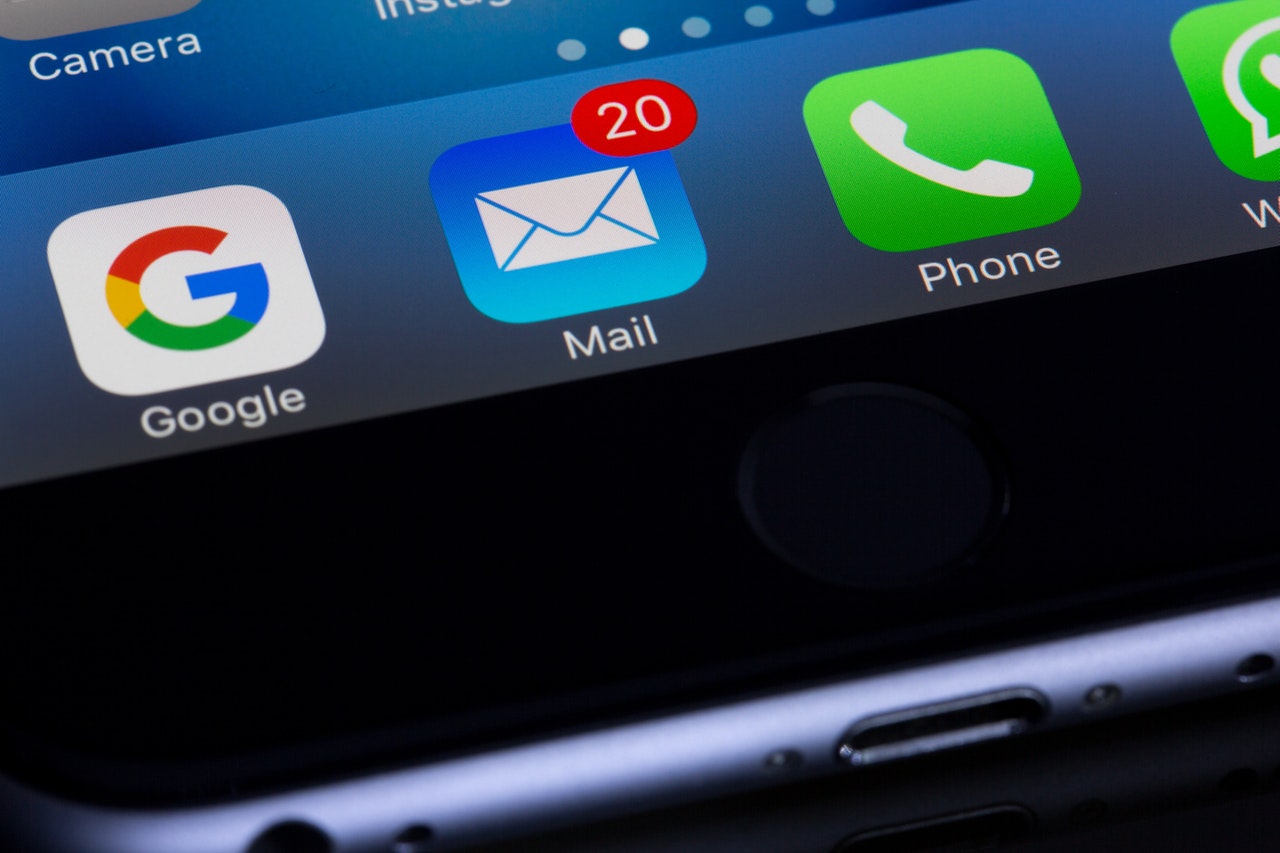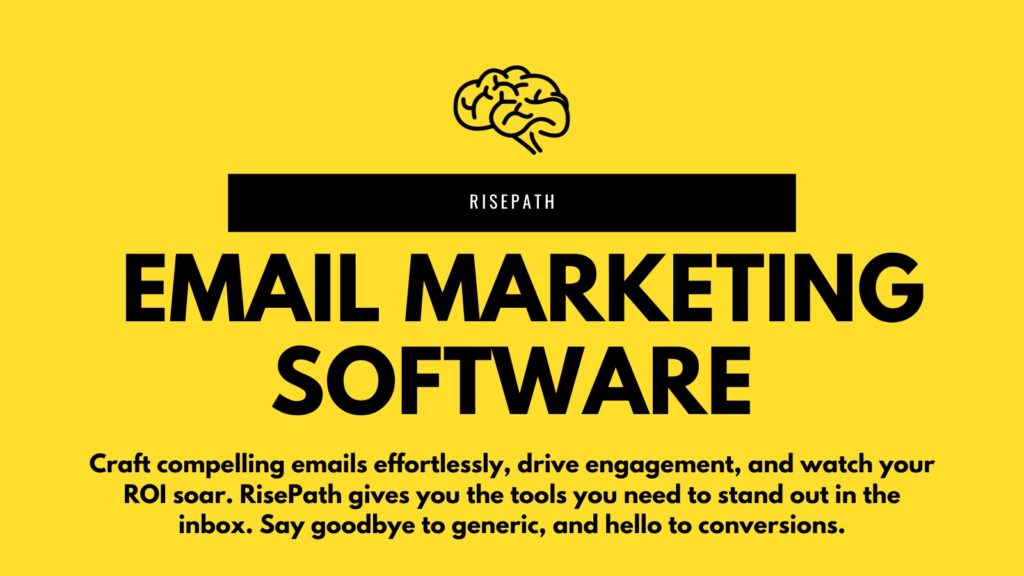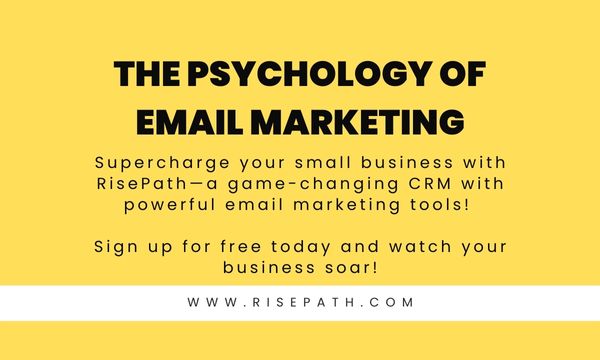Email communication is an important part of any business’s marketing strategy. With the right techniques, your response rate can be greatly increased. Here are five strategies to help you increase your email response rate.
Design an Engaging Subject Line: Your subject line is the first thing the reader will see. Make sure it is catchy and draws the reader in. Using actionable words and an intriguing question can help make your subject line stand out.
Craft an Attention-Grabbing Opening: Start your email off with something that will grab the reader’s attention and make them want to read more. Use a creative opening line or ask an interesting question to make the reader intrigued and keep reading.
Keep it Short and Sweet: Long emails can appear daunting and may not get read in its entirety. Keep it concise and to the point. Get to the point quickly and provide all the necessary information without going into too much detail.
Make it Personal: Personalization can help make your emails more inviting. Include the reader’s name and other personal details to make the email feel more personal and make the reader feel as if you are speaking directly to them.
Offer an Incentive: Offering an incentive can increase the likelihood of a response. Provide an incentive to encourage a response. This could be a discount, free trial, or some other type of reward. This will give the reader a reason to take action and respond to your email.
What is email response rate?
Email response rate is an important metric to track, as it gives you an indication of how well your email campaigns are resonating with your audience. A high response rate means that your emails are reaching their intended goals, while a low response rate indicates that changes need to be made. Fortunately, there are several strategies you can use to increase your email response rate.
First, personalize your emails. People are more likely to respond to emails that are tailored to their interests and needs. You can use tools such as segmentation to send personalized messages to your subscribers. This will help you target specific groups and encourage them to take action.
Second, send targeted content. You should tailor your content to the interests of your audience. Send content that is relevant to their needs and interests, as this will encourage them to engage with your emails. You can also test different types of content to see which one resonates the most with your subscribers.
Also Read: Unveiling the Power and Relevance of Email Marketing in 2023
Third, use automation. Automation can help you save time and increase your email response rate. You can set up automated campaigns that are triggered by specific actions or events, such as a customer’s birthday. Automated emails can be personalized and sent at the right time, which can help you increase engagement.
Fourth, use A/B testing. A/B testing can help you optimize your emails for better results. You can test different versions of your emails to see which one performs better in terms of response rate. This will help you determine which elements is working and more suitable for your busines.
What is a good email response rate?
Achieving a good email response rate is essential for businesses that rely on email communication to engage with their customers. The average response rate for emails varies depending on industry and the type of email being sent. Generally speaking, a response rate of around 25% is considered good, while a rate of over 50% is considered excellent. By increasing the response rate of your emails, you can maximize the impact of each communication and ensure that you are getting the most out of your email marketing efforts.
When considering the best time to send your emails, it’s crucial to align your outreach with your target audience’s email-checking habits. Generally, studies have found that mid-week emails, particularly those sent on Tuesdays and Thursdays, receive higher open rates. It’s also advantageous to aim for times when professionals are most likely to be reviewing their inbox, such as early in the morning or after lunch around 2 PM.
However, these times can vary depending on the demographic you’re targeting, so it’s important to analyze your audience and possibly even A/B test different send times to optimize your strategy. Remember, timing can significantly impact your cold email reply rate and getting it right is an SEO goldmine.
By incorporating relevant keywords and phrases that your audience is likely to search for at these peak times, you can enhance visibility and increase the likelihood of engagement with your content, driving up both your reply rates and overall SEO performance.
Why should you track your email response rate?
Tracking your email response rate is the first step in understanding how effective your emails are and what strategies can be implemented to increase response rate. By tracking your email response rate, you’ll be able to identify areas where you can focus your energy and resources to optimize your email campaigns.
Additionally, you’ll be able to gain insights into customer behavior and how to engage them more effectively. Furthermore, tracking your email response rate can help you identify trends in the effectiveness of certain types of emails, such as promotional emails or newsletters, allowing you to refine your strategies to maximize results.
Also Read: What Is Bulk Email Marketing, And How Do You Make It Work For You?
Analyzing your email response rate can also help you gain a better understanding of what type of messaging resonates with your audience and how to increase engagement. This will allow you to create more targeted and effective emails that will capture the attention of your subscribers. By understanding your audience’s preferences and interests, you can create more engaging and personalized content that will increase your response rate.
These are just a few of the strategies you can use to increase your email response rate. By tracking your response rate, analyzing trends, and understanding your audience’s preferences, you will be able to create more effective emails that will engage your subscribers and increase your response rate.
How to improve Email Response Rates
Personalizing emails has been proven to significantly increase response rates. Including the recipient’s name in the subject line helps to make sure the email stands out, and makes it feel like you are sending a message specifically to that person.
Keeping emails brief and to the point will also help to increase response rates. People are often overwhelmed with the amount of emails they receive, so if your message is concise and easy to understand, they are more likely to take the time to read it. Offering value in your emails is also key. When you provide content or a special offer that the recipient is likely to find useful, they are more likely to take the time to respond.
Timing is also important when it comes to increasing email response rate. Sending emails at different times of the day or week can help to make sure your message is seen. Different people have different schedules, so it is important to experiment with timing to find out what works best for your specific audience. Finally, it is important to follow up with those who do not respond to your emails. A polite follow-up email can be a great way to remind people to check their inbox and respond to your message.
Get Your Timing Right
When it comes to email marketing, response rates are key. Your emails won’t be effective if no one responds to them. So, how can you ensure your emails get the response they deserve? Here are five strategies you can use to increase your email response rate.
First, get your timing right. Timing is everything when it comes to emails. Make sure you’re sending your emails at the right time to maximize your chances of getting a response. Consider things like the time of day, the day of the week, and the time of the year when deciding when to send out your emails.
Second, consider your audience. Different audiences respond differently to emails. Think about who you’re sending your emails to and tailor your emails accordingly. If you’re targeting a corporate audience, for example, you’ll want to use a more formal tone than if you’re targeting a younger, more casual audience.
Third, send personalized messages. Personalized messages stand out more than generic, mass emails. Put in the extra effort to craft tailored messages for each recipient. Consider using their name, mentioning their interests, and referencing previous emails or conversations.
Fourth, follow up. If you don’t get an immediate response, don’t be afraid to follow up. A polite reminder can go a long way in getting a response. Just make sure you don’t send too many follow-up emails, as this could come across
Perfect Your Subject Line
Increasing your email response rate is a great way to stay connected with your audience and reach your goals. Perfecting your subject line is key to drawing the reader in and setting yourself up for success.
When crafting a subject line, make sure it’s specific and concise. Avoid generic subject lines like “Newsletter” or “Monthly Update” that won’t capture the reader’s attention. Instead, use actionable language that will motivate the reader to take action. Keep your subject lines under 50 characters so they are seen in full on mobile devices.
Also Read: The Top 13 Unbeatable Benefits of Email Marketing
By taking the time to perfect your subject line, you will be well on your way to increasing your email response rate.
Email Personalization
One of the most effective ways to increase the response rate of your emails is to incorporate personalization tokens. Utilizing personalization tokens to address the reader by their name in the subject line and body of the email creates a feeling that the message was specifically crafted for that individual, making the user more likely to respond. You can also incorporate personalization tokens into the design of the email, creating an experience that is tailored to the user’s preferences or behavior.
Another great strategy for increasing email response rate is to send emails from a real person, such as a company representative, rather than a generic “no-reply” email address. This shows that the message was sent from a real person, which gives it a more personal feel and is more likely to result in a response.
Including customer testimonials or stories in the body of the email can also be an effective way to increase response rate. By including stories from real customers, you are providing proof that your product or service is legitimate and worthy of consideration. This can be a powerful way to increase the likelihood of getting a response.
Lastly, dynamic content can be used to customize the content of the email depending on the user’s preferences or behavior. This can be a great way to make sure that the user is receiving content that is relevant and useful to them, increasing the chances of getting a response.
Include Specific Call-to-Action (CTA)
When it comes to increasing email response rate, one of the most important elements is the call-to-action (CTA). The CTA should be eye-catching and encourage readers to take action. Here are 5 strategies for increasing email response rate through effective CTA design:
1. Make sure your CTA stands out. Use colors that contrast with the rest of the text to draw attention to it and make it larger than the rest of the text. Place the CTA above the fold to ensure maximum visibility.
2. Make your CTA text action-oriented and specific. Instead of vague words like “Sign Up Now,” try words like “Get Your Free Trial Today” to clearly indicate what the reader should do.
3. Use words like “Discover,” “Unlock,” or “Start” to encourage the reader to take action. These powerful words create a sense of anticipation and curiosity that can drive readers to take action.
4. Create a sense of urgency in your CTA. Words like “Now,” “Today,” or “Instant” can help to drive readers to take action now.
5. Make sure the CTA leads to a page or destination that is relevant to the topic of the email. If the CTA is not relevant, readers will be less likely to take action.
Have A Clear Value Proposition
Email marketing is a great way to reach customers and potential customers, but it can be difficult to get them to actually respond to your emails. If you want to increase your response rate, there are a few strategies you can use.
First, it’s important to have a clear value proposition in your emails. Explain to the reader why they should care about what you have to offer. Speak to the needs of your target audience and make sure your email communicates the benefits of your product or service and how it can help them.
It’s also important to use strong subject lines. These should be interesting and grab attention. Personalizing your emails can also help. Incorporate the reader’s name or other details in the subject line or body of the email to make it more personal.
Finally, make sure to keep your emails short and sweet. Don’t overwhelm readers with too much information. Keep it concise and to the point. By following these strategies, you’ll be able to increase your email response rate and build better relationships with customers and potential customers.
Can the timing of when you send an email impact the likelihood of a response?
The timing of your emails can have a big impact on the response rate. Consider the time zone of the recipient and their usual work schedule when sending an email. If possible, try to send emails during their work hours when they are likely to be most productive.
On the other hand, it’s best to avoid sending emails in the late evening or on the weekends when the recipient may not be as likely to respond. Furthermore, take into account holidays and other special occasions when sending emails. It’s best to plan ahead and adjust your email schedule to avoid these times.
Another important factor to consider for increasing email response rate is the subject line. Make sure to choose a subject line that is clear, concise, and eye-catching. It should accurately reflect the content of the email so that the recipient knows what to expect. Additionally, you can use trigger words to boost engagement and encourage the recipient to open your email.
Personalization is also key when it comes to increasing email response rate. Personalizing your emails will make the recipient feel more valued and appreciated. Include their name and other relevant information in the body of the email to make it more personal. You can also use customer segmentation to send more relevant and targeted emails to specific groups of customers.
Lastly, don’t forget to include a call-to-action in your emails. Give the recipient a clear and compelling reason to respond to your email.
Conclusion
When it comes to email marketing, it is important to consider strategies for improving the response rate of emails sent to customers and prospects. This article will discuss five strategies for increasing email response rate: personalization, segmentation, optimizing timing, crafting a compelling subject line, and testing.
Personalization involves incorporating the recipient’s name or other information about them into the email. This allows the recipient to feel as though the message was written just for them and can lead to higher response rates. Segmentation involves dividing the email list into smaller groups based on certain criteria, such as age, gender, interests, or location.
This allows marketers to tailor their messages, ensuring that they are relevant to the recipient. Optimizing timing involves researching when emails are most likely to be opened. Crafting a compelling subject line is essential, as recipients are more likely to open emails with interesting and engaging titles. Finally, testing is necessary to determine which strategies work best and which need to be modified or eliminated.
It is important to remember how essential increasing email response rate can be. Those who are successful at generating responses can build relationships with their customers, boost their brand, and increase sales.
Additionally, there are a few additional methods that can be used to improve email response rates, such as using incentives or providing valuable content. It is also important to keep in mind that email response rates can vary significantly depending on the industry and the specifics of a particular campaign.






Comments are closed, but trackbacks and pingbacks are open.